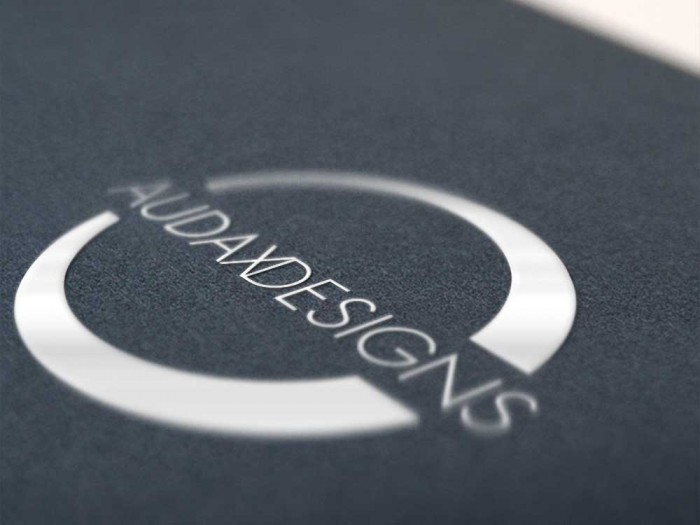Most people don’t take the time to discover their own personal brand. I believe the reason for this is because of the very many influences we have on our lives, from our parents, to our teachers to our managers and even our friends. I have many friends who are instructed to become lawyers, doctors and accountants by their parent who is already in that field and wants to mold their child in their shape.
When you choose someone else’s career path, it can have a negative impact on your work and life. Also, most people don’t take time out of their day to think about who they are and what they want to do for the rest of their lives. Instead, they become so overwhelmed in the moment or are so focused on climbing a corporate ladder, that they aren’t true to themselves and, as a result, get lost. Creating a personal brand is the easiest part of the personal branding process because social media tools are free and marketing documents are easy to make, even if you aren’t a technical expert or graphic designer. People, as well as companies, don’t invest the time in figuring out the right branding strategy before they start using these tools, so they don’t obtain the desired output.
In order to help you in your personal brand development, I’ve laid out five critical things you need to focus on before creating your personal brand. They will help you with your brand positioning, as well as make you think about where you’re going (your destination), so you’ll be able to reach your goals and have the results that you desire. I know it might seem like tedious work, but when you can communicate what you do to the right audience, you’ll be much more successful in the long-term.
1. Brainstorm a mission and a vision statement
A mission and a vision statement are much different. Your mission is what you do everyday, while your vision is your future. To create a mission statement, you should think about what you do and why you do it. Your mission should be simple and clear and only one sentence long. It should touch upon your behaviors, traits and values. For your vision statement, imagine yourself at least ten years in the future. What will you be doing then and why? What are you looking to give back to the world? Both of these statements can be stored privately or publicly displayed on your website, just like a company would.
Dan Schawbel is the leading personal branding expert for Gen-Y. He is the author of Me 2.0: Build a Powerful Brand to Achieve Career Success (Kaplan, April 09), as well as the publisher of both the award winning Personal Branding Blog and Personal Branding Magazine.
Source from Lifehack, author Dan Schawbel
Ruevo Design | Freelance web and graphic designer















